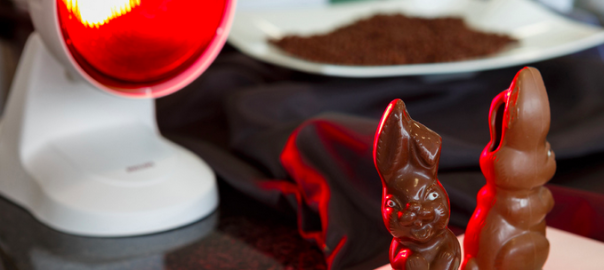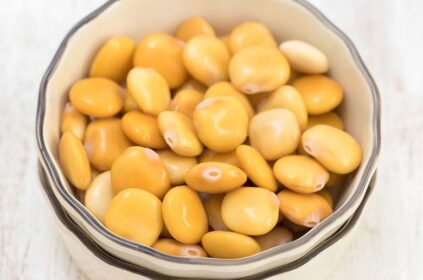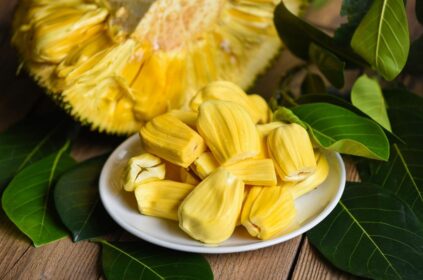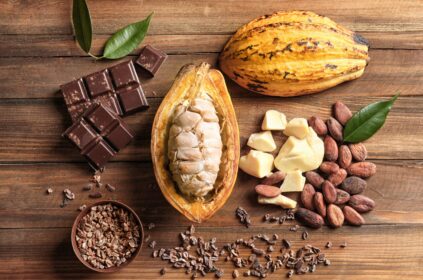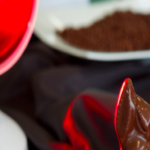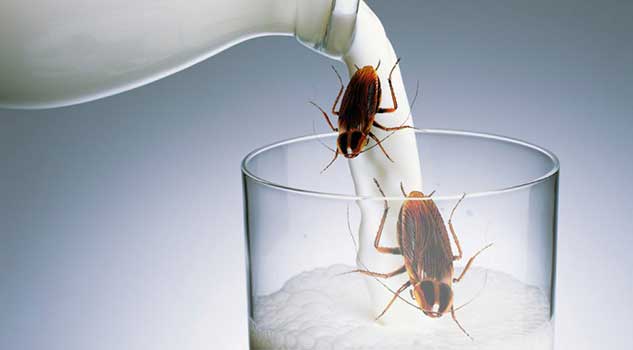Spring is coming and soon there will be summer. Well, in countries such as Brazil, there’s no need to wait for summer to face the heat. Everything melts, the makeup on the face, the ice cream, the chocolate…
Researchers finally discovered a protein that makes the ice cream melt more slowly. And even come with a bonus: it makes ice cream creamier, as air, water and fat league, improving its consistency. To be better, only if it has less calories… Yes, this is also a reality because it can reduce the amount of fat and still be a tasty ice cream. Scientists hope that the protein is available on the market in three to five years. We are anxiously waiting for the high temperatures now!

Barry Callebaut, chocolate producer, has developed one that withstands temperatures up to 4° C higher than the traditional version. Seems too little, but it makes a lot of difference in countries that suffer with the heat, in which the candy industry still has a lot of potential to grow.
There are more than 90 patents of chocolates resistant to high temperatures, the challenge is to make it durable, tasty and make it melt enough to be molded into the desired format for chocolates, for example. In addition, it is important that the fat melts in your mouth and otherwise you will have the sensation of eating paraffin.
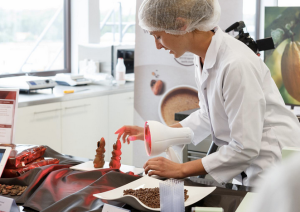
Chocolate market in Asia, Latin America, Middle East and Africa will grow more than 50% up in 2019 against 15% expected growth for the European and North American market. In five to ten years, heat-resistant chocolate will be more important than premium chocolate, because emerging markets do not have the infrastructure to keep it in controlled temperature.
While these news are not available, we better indulge a cold ice cream on a hot day. To help us, Mc Donalds was quite creative and made a marketing action on a billboard attached to a thermometer. Whenever the temperature increased to some extent, the showcase opened and people could get a glass of Mc Flurry. Then they just needed to go to the nearest store and replace with ice cream, for free. Who knows if in the future each cup will come with the ice cream inside without melting?

References: The Guardian, Food Dive, Bloomberg, Andreia Ferraz, AdNews

